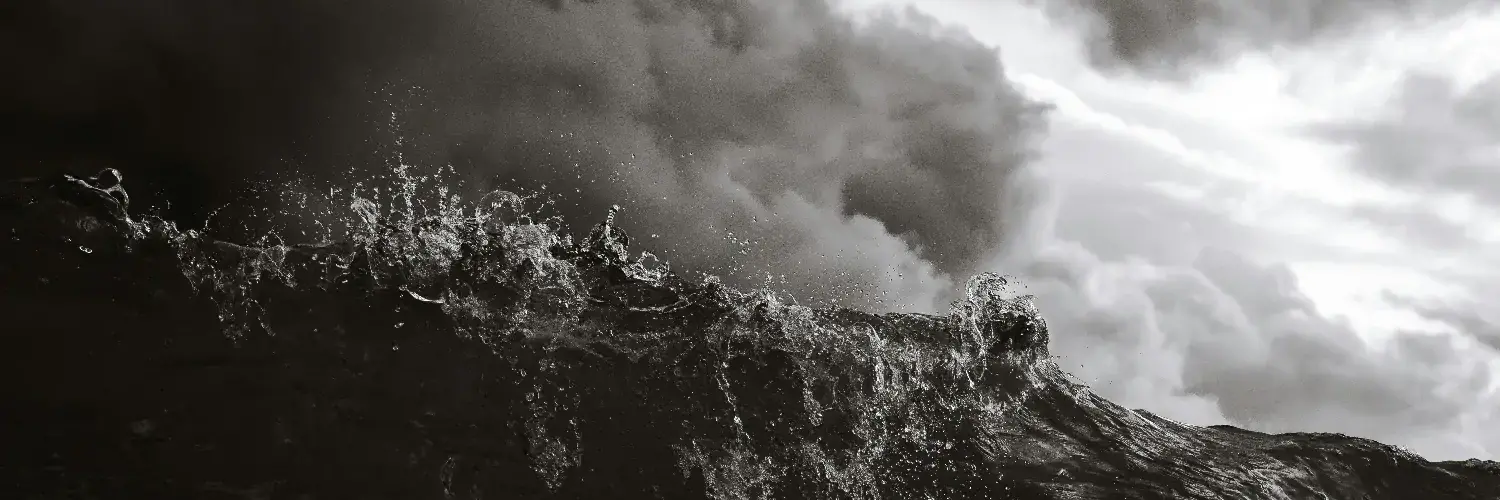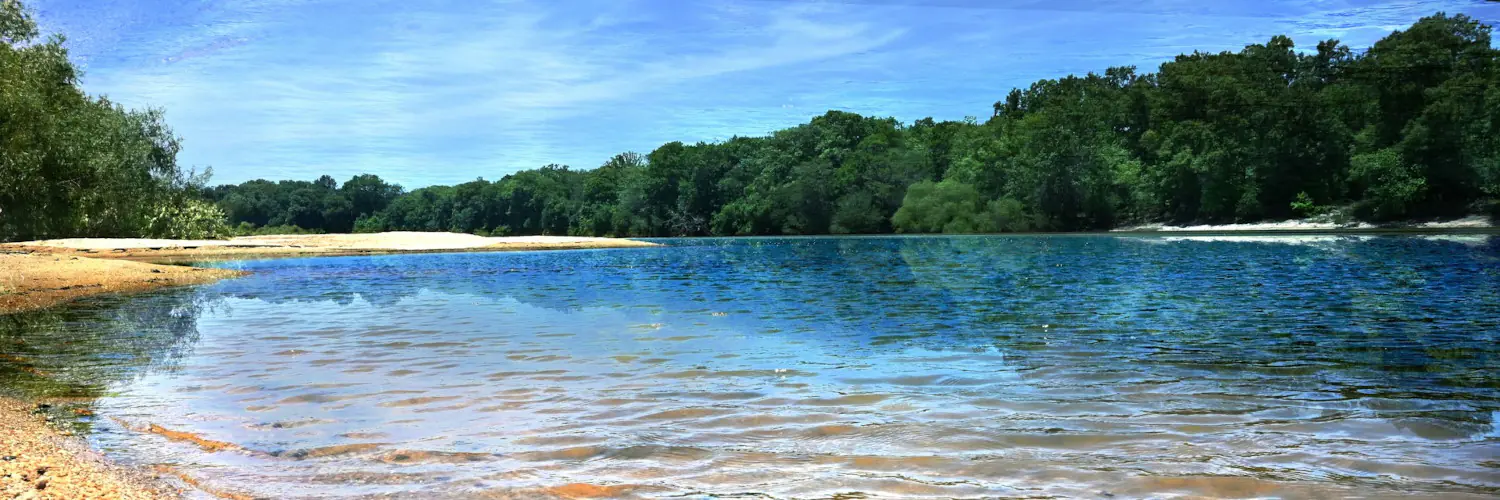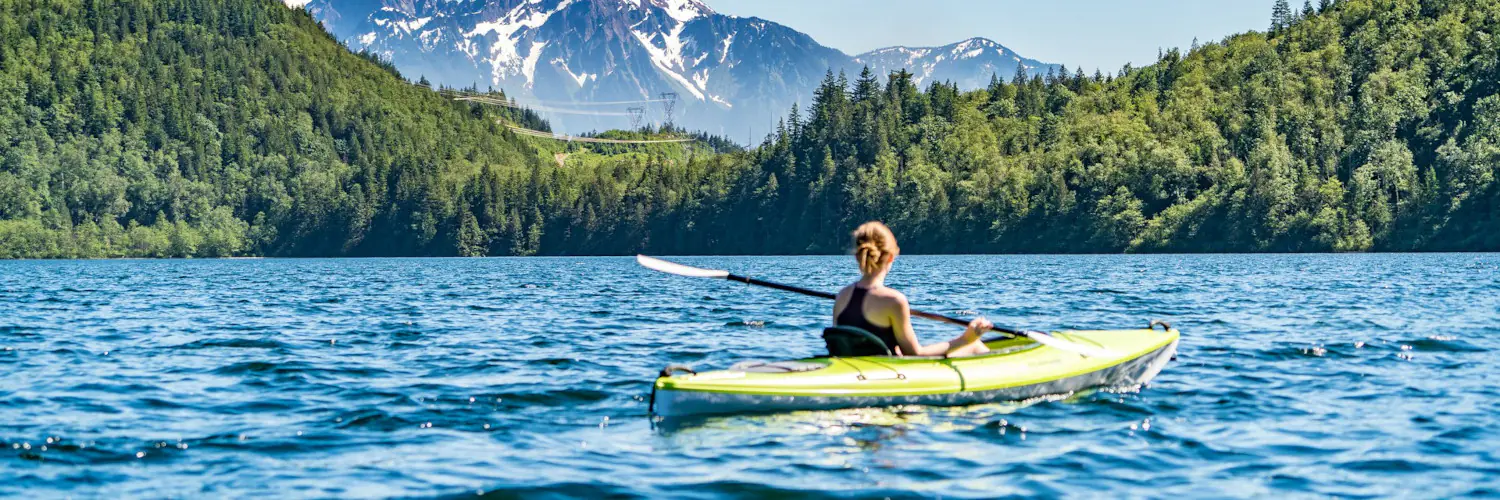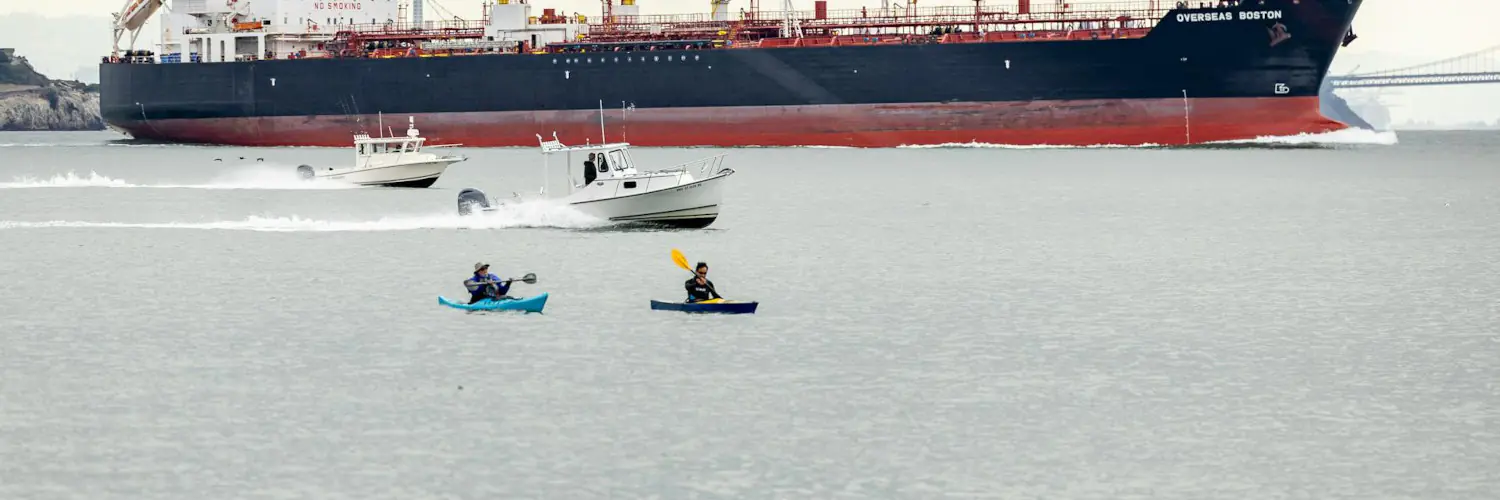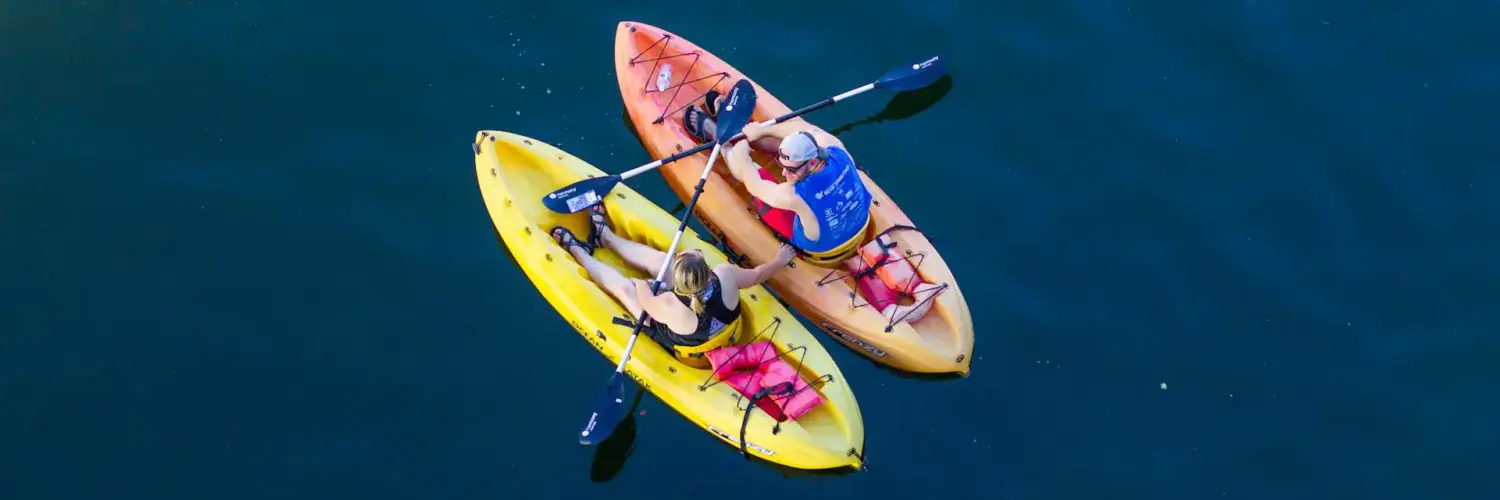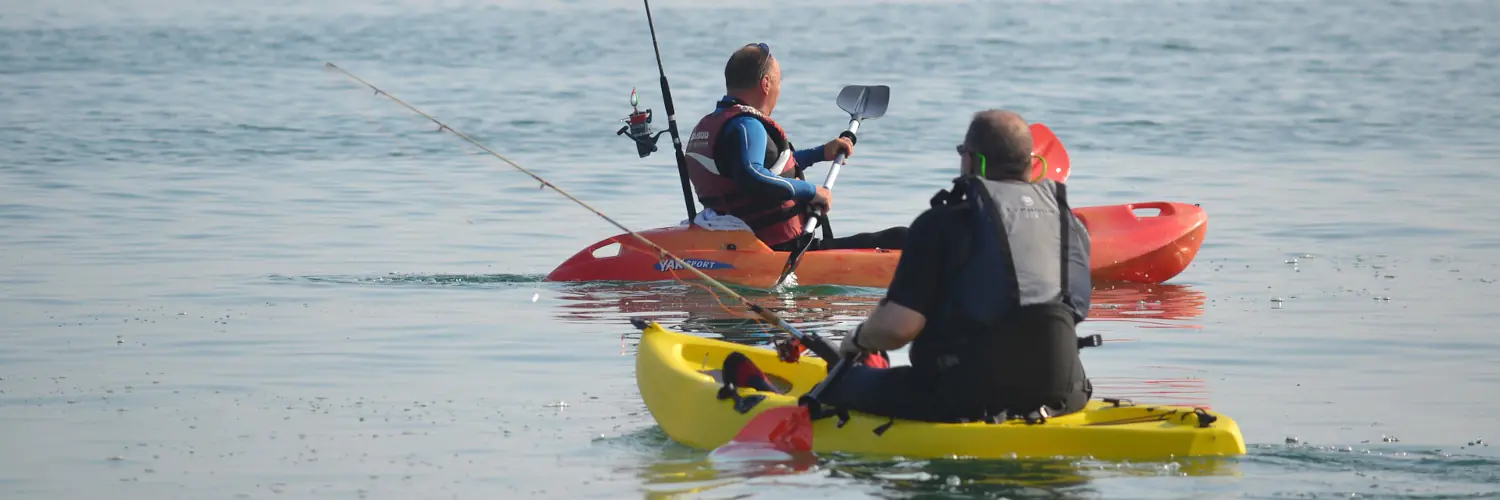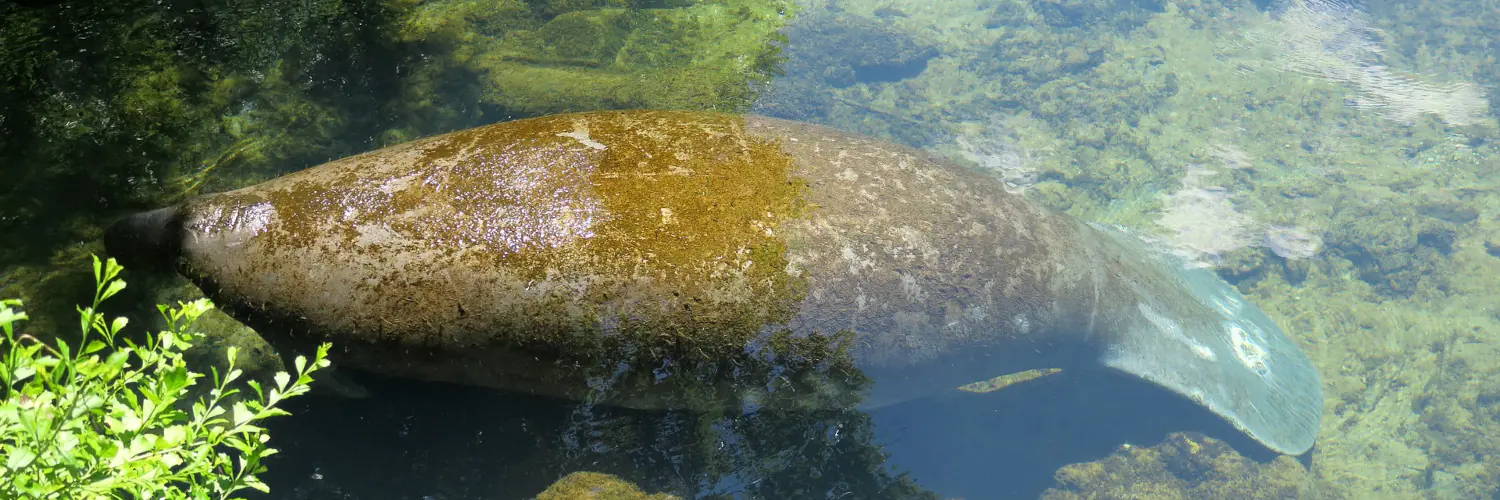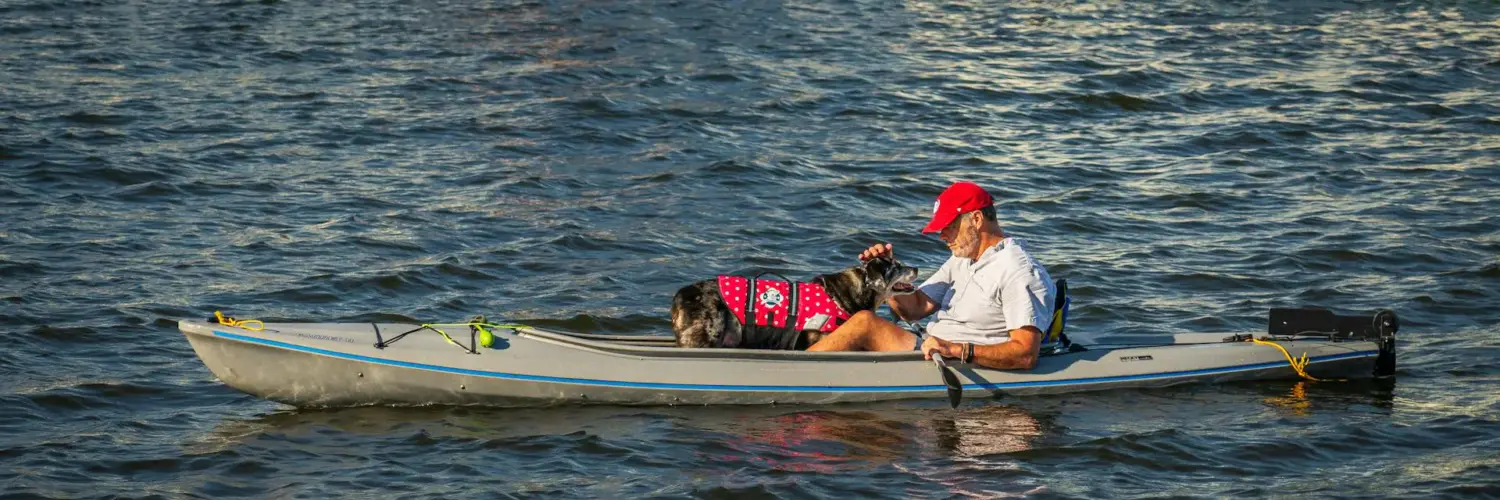Kayak from Australia to New Zealand: Navigating the Tasman Sea Challenge
Crossing the Tasman Sea by kayak is a formidable challenge that has captivated adventurers and garnered respect around the world. The journey entails navigating over 1,600 kilometers of often treacherous ocean waters between Australia and New Zealand. The enormity of the task is underscored by the unpredictable weather, the vastness of the sea, and the […]
Kayak from Australia to New Zealand: Navigating the Tasman Sea Challenge Read Post »

